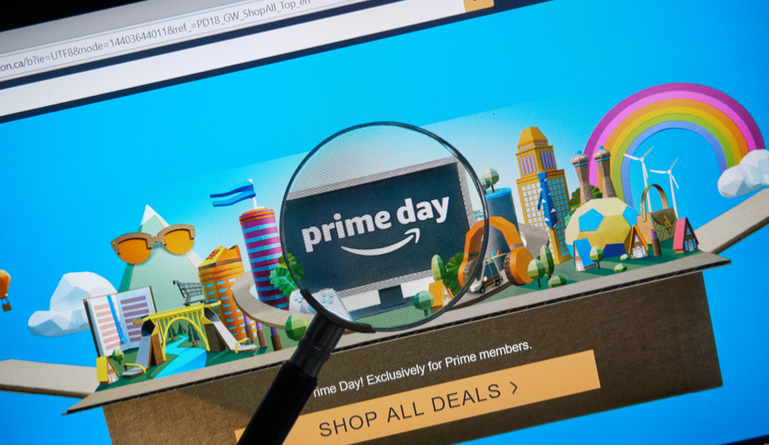In a world of digital marketing efforts and social media ads, it’s easy to forget about or downplay more traditional marketing techniques, though many businesses certainly benefit from a mix of marketing methods. Mail-in rebates used to be a popular way to incentivize customers to make a purchase by offering a certain amount of their payment back to them in the form of a rebate check. These are less common these days, as businesses and customers alike found the rebate process too inconsistent and too time-consuming and rebate accounting can be a hassle, but rebating marketing can still be a way to help boost your business.
Does rebate marketing still work? Let’s find out.
Here are some important things to consider about creating a rebate marketing strategy.
1. Strike the right balance
Rebates can absolutely increase in-store or online traffic and increase overall sales. The important thing to remember is that for every purchase, you will potentially have to pay back the customer for part of that. That means you must be cautious about your margins and have a solid understanding of how much of a rebate you are offering – it must be attractive enough to move the needle on sales, but also can’t be so steep that you take a loss on the product. For most businesses, rebates can only be used effectively on some products.
2. Make it modern
One of the reasons that traditional rebate marketing fell out of favor was the process – you would have to send in the UPC code from the product, your receipt, and the rebate paperwork, then wait for your rebate to be processed, finally ending up with a check to cash anywhere between six and twelve weeks later, which often resulted in a trip to the bank. Technology has changed all of that – not only can most check now be cashed with a picture on your smartphone, but the actual rebate and payment process have also shifted online.
If you’re offering a rebate, you may want to think about offering a web-based way to redeem. Every customer could receive a code, for instance, to be used on the rebate site to prove payment for the product or service and then payment could be initiated either in a physical check or through an app or direct deposit.
Ebates has become a popular way for customers to find online rebates, coupons, discounts, and more, and they partner with businesses regularly to promote their specials and sales. More people are likely to participate in your rebate process if it’s simplified.
3. Consider your purpose
Like all marketing activities, it is important to know what your goals are behind the initiative. It’s also best to acknowledge that not all products or services make sense to use in a rebate marketing strategy. B2B businesses, for instance, traditionally use rebates less than traditional consumer-facing businesses.
Many companies use their rebate marketing strategy to either encourage new customers who haven’t pulled the trigger on a purchase yet or to encourage loyalty among existing customers. For instance, a business might choose to engage in rebate marketing by only offering a rebate for customers who purchase six times a year and allowing them to get a percentage of their total spend back. What works for your business will vary based on your goals, so make sure you add this strategy thoughtfully after defining what you’d like to get out of it.
One of the nice things about adding rebate marketing to your strategy is that it’s easy to run for a limited time and evaluate results, then decide if more effort should be put into the strategy, either in adding additional products or changing rebate amounts. If it doesn’t work, you can eliminate it from your strategy and move on with other marketing methods.





